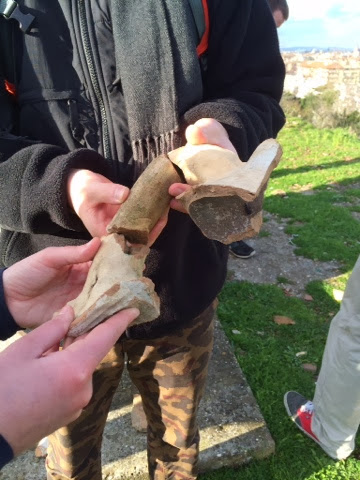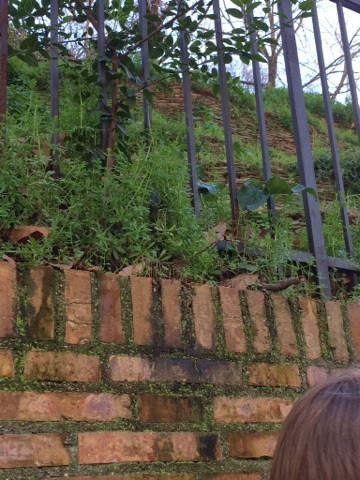The Roman Empire, like any other super power, needed a
reliable source of energy to fuel day-to-day activities and industry that were
vital to the success of the Romans. Without fuel wood the Romans would not have
been able to cook, heat their bath houses, fire ceramics and bricks, or make
the lime that literally held the Roman infrastructure together. Hayden and my
last article examines how this essential resource was managed so that fuel wood
could supply the needs of the massive population.
Fuel wood powered the industries that made metal, ceramics,
glass, and lime. Metal was used for weapons, tools, pipes, and even locks and
keys. Ceramics included amphorae (the vessels used to transport wine and olive
oil), roof tiles, and bricks, and was essential for trade and iconic Roman
infrastructure like the aqueducts, the Roman forum, and the Colosseum. Glass
was used for windows but was produced only in small quantities and served
mostly as a status symbol. Lime, like I said above, was the cement that held
everything together, like the mortar between bricks today. Based on each
product’s uses and fuel wood required, the author presents this hierarchy for
fuel wood consumption by industry during the Roman empire: (1) Metal, (2)
ceramics, (3) lime and, (4) glass.
With such an important, complex industry, we might assume
today that government intervention was required but extant documents show that
government only intervened in the case of fuel wood for bathhouses but
otherwise didn’t pay attention to fuel wood management. This means that the
resource was managed only by small-scale in production to handle this important
resource.
The following small scale adjustments were made: (1)
locating industry near where the required resources was available and abundant,
(2) cycling production seasonally to allow for regrowth of the resource and,
(3) clustering of similar industries to allow for more effective distribution
of a resource which includes the relocation of an industry if the resource required
becomes to scarce.















